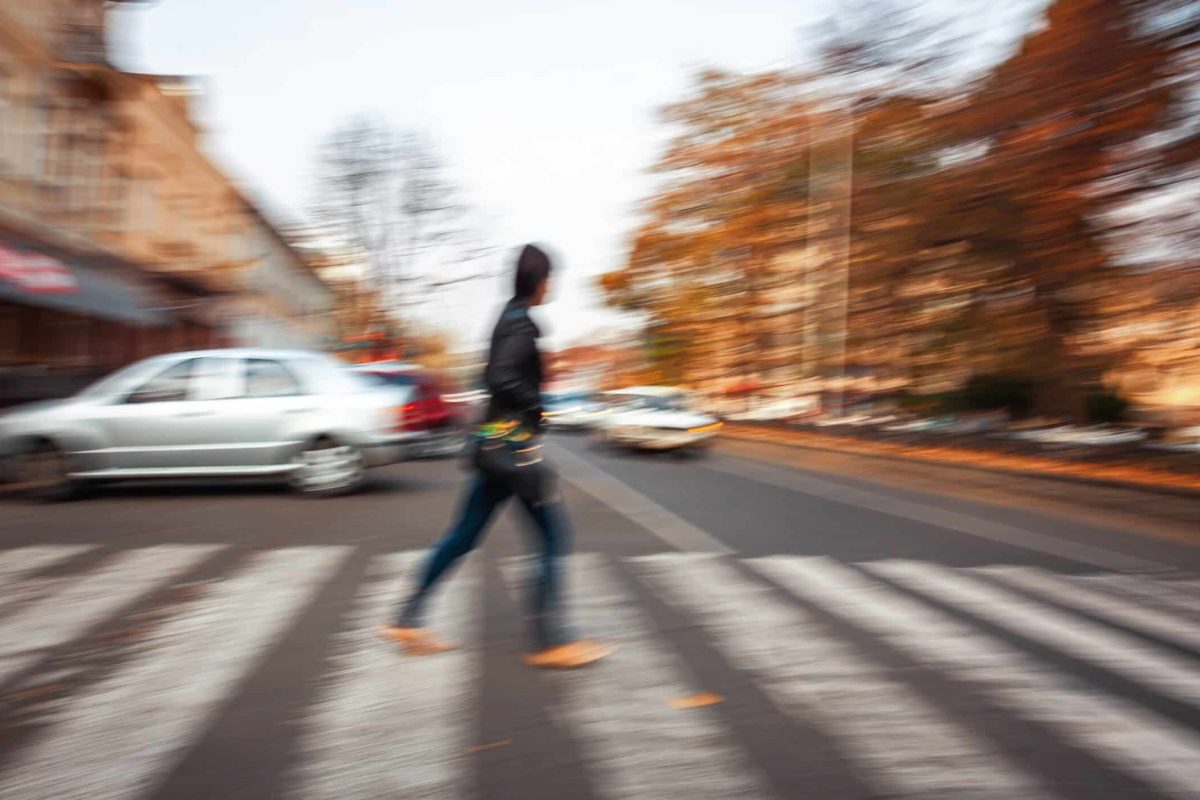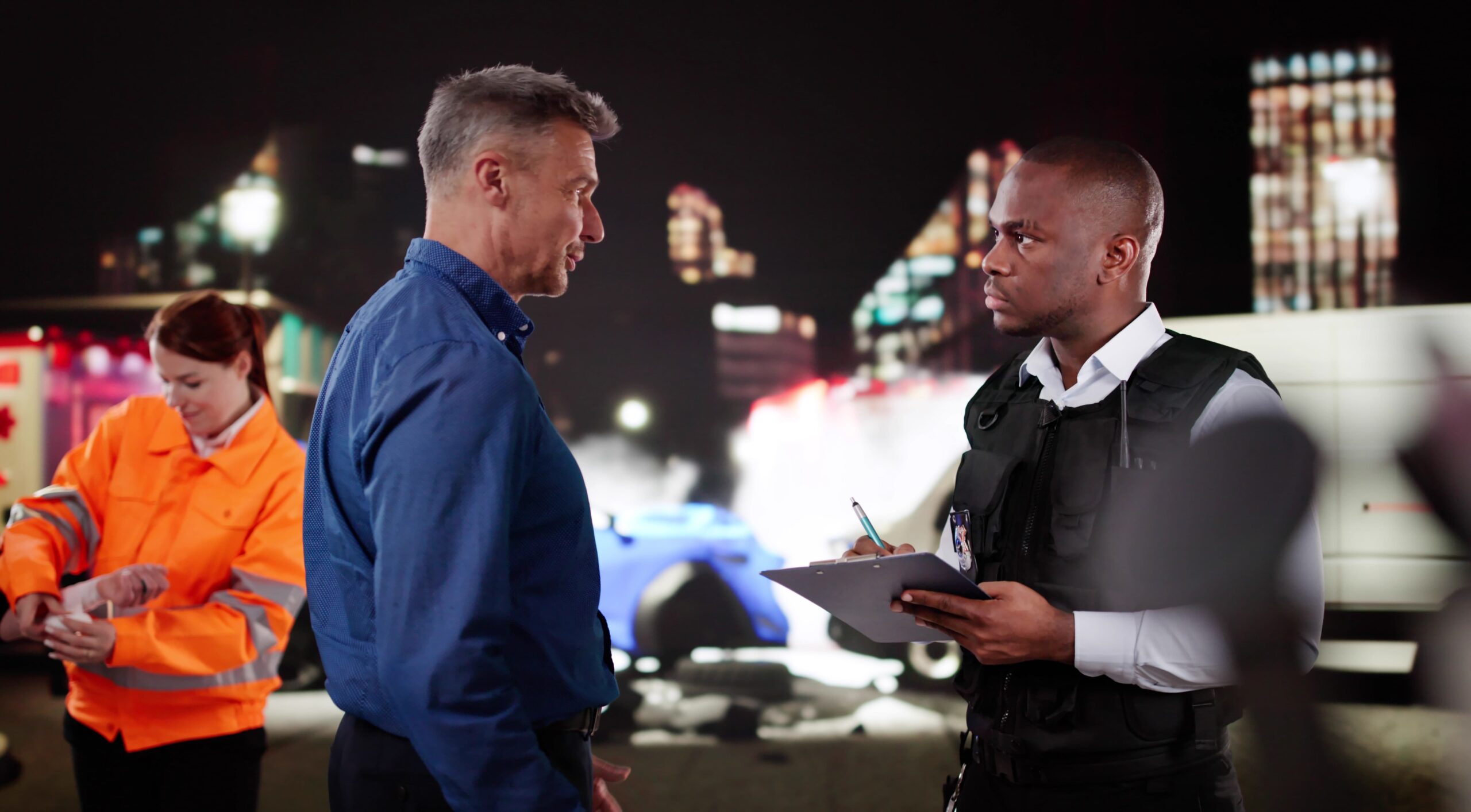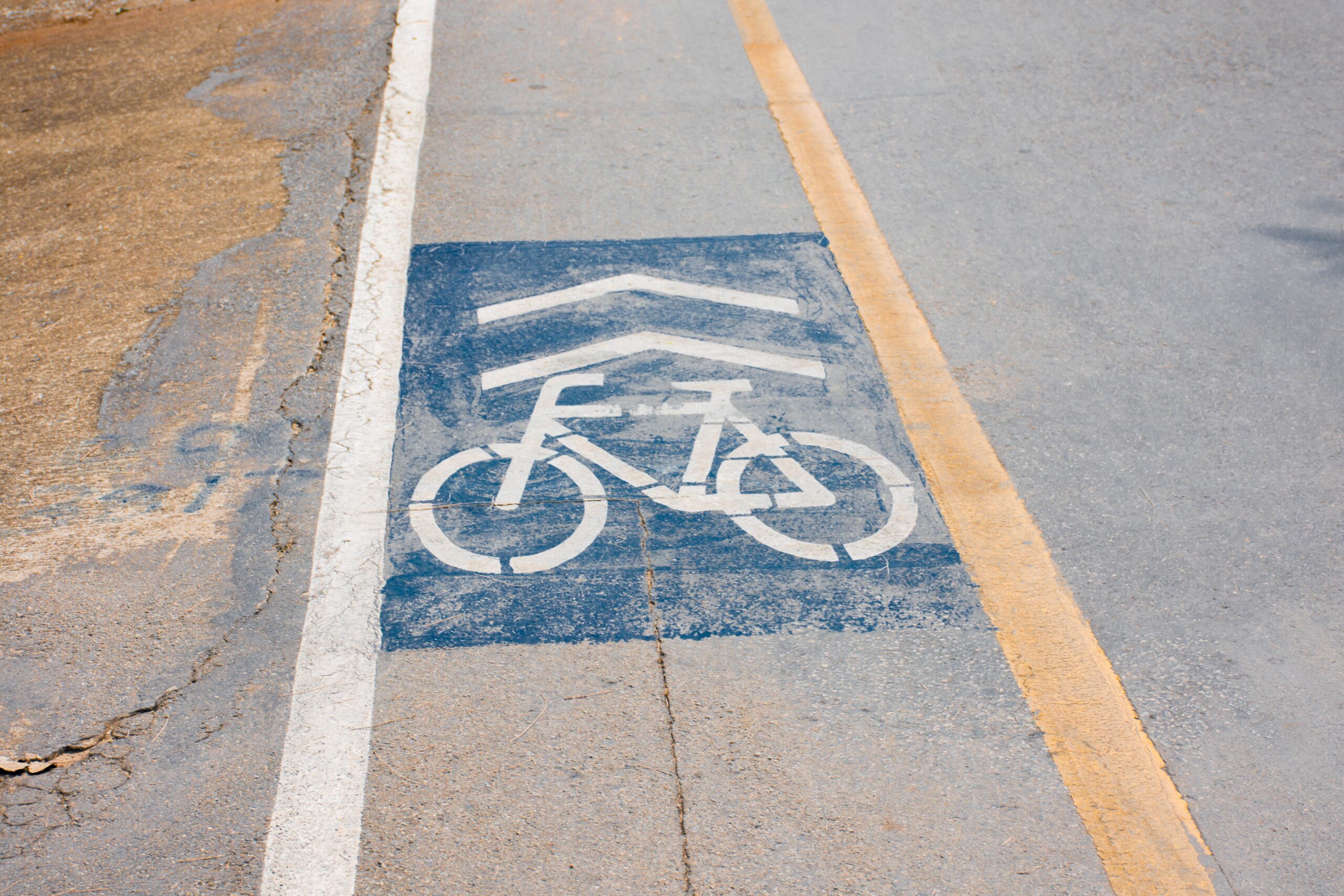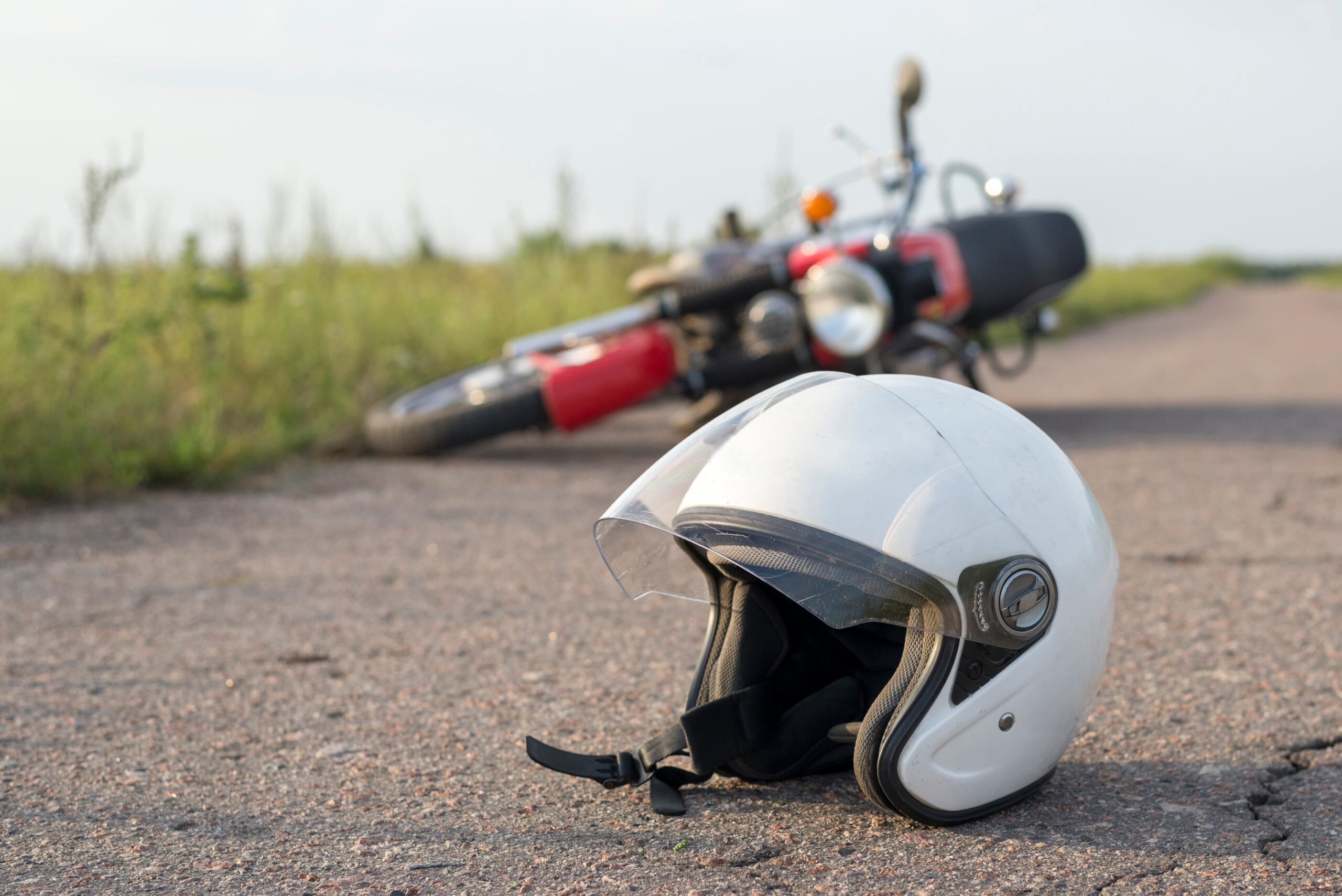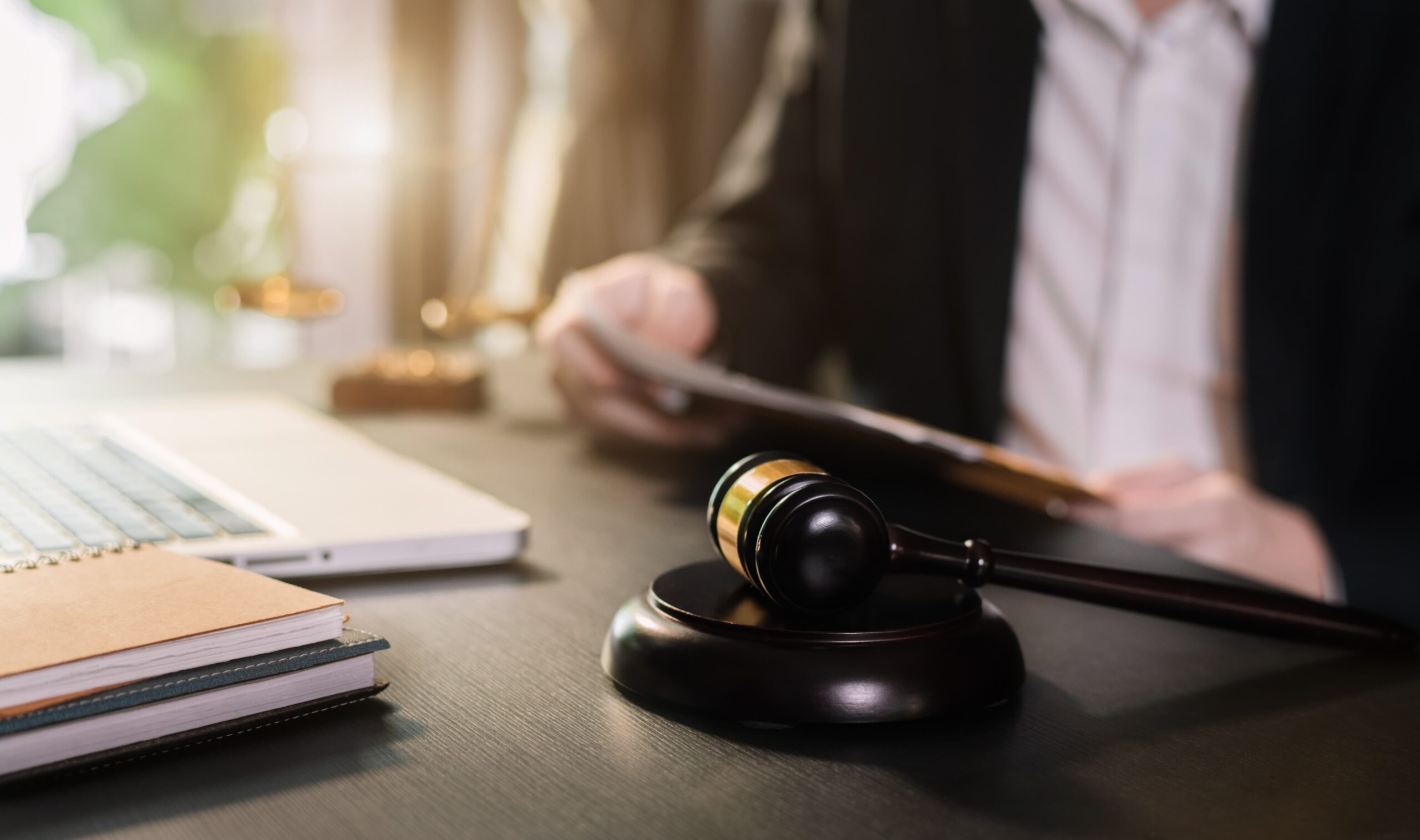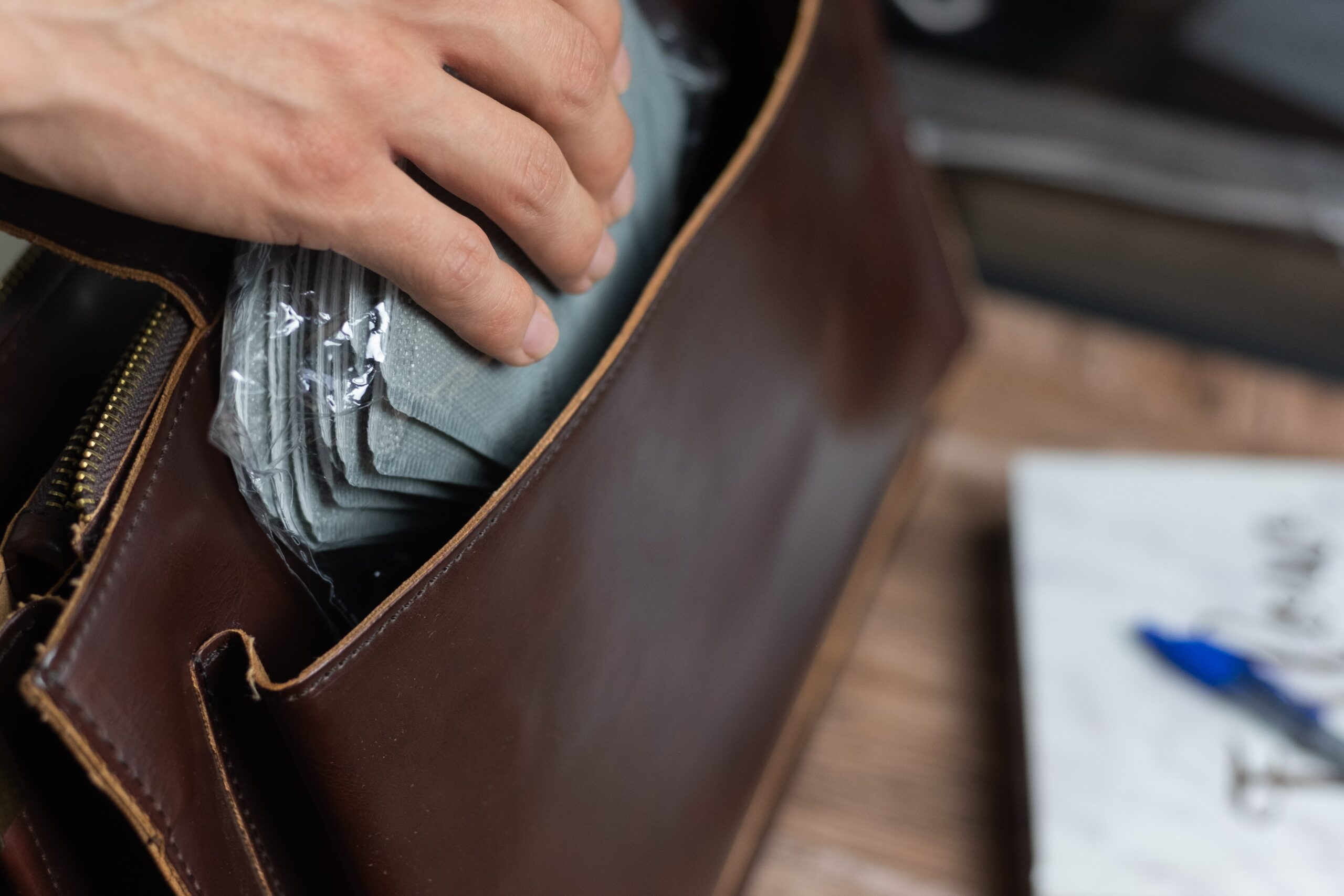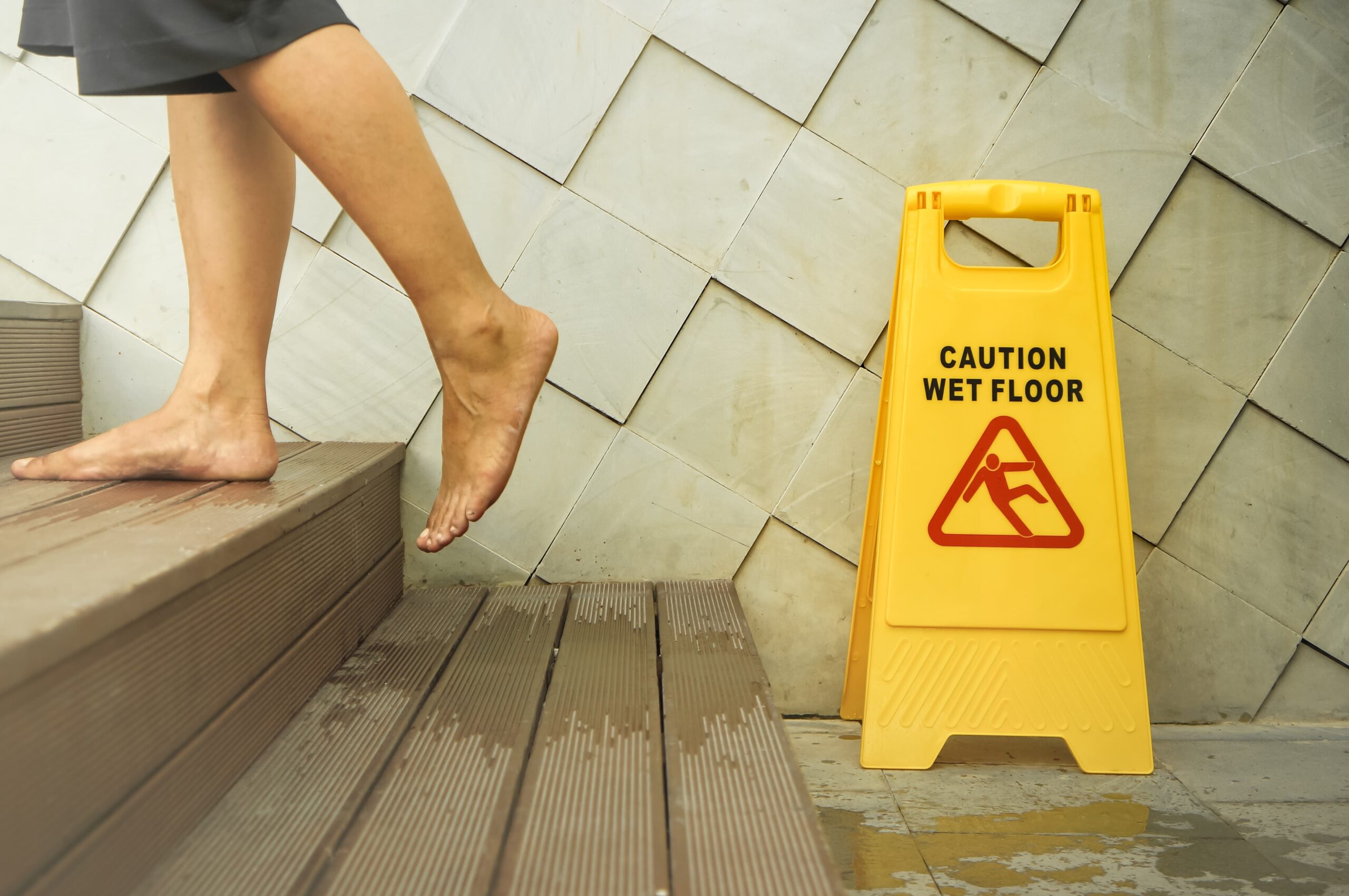TL;DR: Determining who is liable in a pedestrian crosswalk accident depends on signals, right-of-way rules, driver and pedestrian behavior, conditions, and evidence. Below are key liability factors, shared fault rules, when a city may share blame, what evidence to gather, typical insurance issues, common injuries and damages, how a lawyer builds a case, FAQs, and next steps.
- What "Right of Way" Really Means
- Things to Consider When Figuring Out Who Is Responsible
- How Shared Responsibility Functions in Comparative Fault
- Crosswalks with and without lines
- When autos hit people in crosswalks or turn into other cars, accidents ensue.
- Flashing lights around schools
- When the City or Property Owner Could Be to Blame
- Things to Get Right Away
- Common Insurance Problems and How They Change Your Liability
- Injuries That Happen Often in Crosswalk Accidents
- Damages you could get back
- How a Lawyer for Pedestrian Injuries Can Help You Make Your Case
- Commonly Asked Questions
- What to Do Next
The most common question people ask after a pedestrian crash is, “Who is to blame for the accident?” The answer depends on how the accident happened, what the driver and pedestrian were doing, and the traffic laws that were in place at the time. If you know how each part works—signals, right-of-way rules, visibility, speed, and paperwork—you can obtain a good amount of money back instead of having your claim denied.
What “Right of Way” Really Means
Drivers must give way to people in marked crosswalks and at most intersections, even when “right of way” isn’t always clear. Even Nevertheless, pedestrians have duties, such as not walking in front of a moving car without warning and respecting signs. In many states, the car that doesn’t stop may be largely to blame if the pedestrian crosses the crosswalk when the WALK signal is on or when it is otherwise permitted. If the pedestrian crosses when the light reads NOT TO WALK or rushes out in the middle of the block, both people may be held accountable.
Things to Consider When Figuring Out Who Is Responsible
• What the driver did: Was the driver speeding, not paying attention, not giving way, running a red light, or drunk?
• What the person on foot did: Did they start to cross when the WALK sign was on? Did they check for cars? Were they going over the lines that were there?
• Traffic control: What did the signal say just before the crash? Did you see a stop sign, a flashing light, or a yield sign?
• Weather and visibility: It could be harder to see and react quickly at night, when it’s raining, when there’s glare, when cars are parked, or when there are plants.
• Information about the area: The research examines both marked and unmarked crosswalks, mid-block crossings at bus stops or parking lots, and streets including multiple lanes.
• Important evidence includes police records, witness interviews, dashcam or doorbell film, and physical evidence including skid marks, damage to the car, and scratches on shoes.
How Shared Responsibility Functions in Comparative Fault
A lot of states have rules about comparative negligence. More than one person could be at fault, and the amount of money they earn depends on how much blame they share. If a motorist was mostly to blame for not yielding, but the pedestrian started crossing late in the light, both people can be held responsible. In places with modified comparative fault, a pedestrian might not be able to get money if their share is more than a certain amount (usually 50% or 51%). In regions with pure comparative fault, a pedestrian can still earn money even if they are largely at fault. But they don’t get as much.
Crosswalks with and without lines
At some places where sidewalks meet, there are both marked and unmarked crosswalks. A painted crosswalk tells you where you can cross the street. People don’t normally realize there is a crosswalk until they see paint on the ground. That’s not okay. Liability still hinges on whether the driver had to let someone cross the street legally and whether the automobile could have stopped in time.
When autos hit people in crosswalks or turn into other cars, accidents ensue.
When cars turn left or right at an intersection, they commonly hit each other. Drivers look for gaps in oncoming traffic, but they often overlook to look for people crossing the street. If a car hits a pedestrian who has the signal while turning into a crosswalk, the driver is probably to blame. When drivers don’t look both ways before going through a stop sign, it can be more dangerous to turn right on red.
Flashing lights around schools
When people are walking and there are flashing lights or signs warning of school zones, cars should slow down and let them go first. If you don’t do this, people will probably think you’re reckless. Speed is key here. Even if a pedestrian may be seen, moving too fast makes it difficult for the car to stop and makes injuries worse.
When the City or Property Owner Could Be to Blame
There are situations when more than just the driver and the person walking are to blame. If signals or beacons didn’t work right, the government or the owner of the property may be partly to blame.
• The lines or signs for the crossing were missing or worn down to the point where they could be dangerous. • There was too much landscaping or building work going on, which made it impossible to see. • There weren’t enough lights, even though there had been complaints or problems before.
When you sue the government, you usually have less time to tell them and do things. It’s really crucial to quickly keep proof.
Things to Get Right Away
• Pictures of the scene: If you can, take pictures of the signal status, skid marks, debris, where the cars are, the crossing markers, and any signage in the area.
• While their memories are still fresh, get the names, phone numbers, and a short description of the witnesses.
• Where to look for videos: Talk to others who live or work nearby about getting outside cameras and tell them to keep the footage.
• Records of medical treatment: An early evaluation connects injuries to the event and keeps note of any pain, dizziness, or vision problems that may develop worse later.
• Make some notes for yourself: Write down what you remember about the lights, the signals, the cars, the weather, and anything else.
Common Insurance Problems and How They Change Your Liability
• Recorded comments: Insurance companies usually want you to make short comments that limit what you can say.
• Gaps in care: Your insurance company can assert that the crash didn’t cause your injuries if you have to wait a long time to see a doctor.
• Social media: People might think that your posts show you weren’t hurt very badly.
• Low-ball settlements: Early offers might not cover lost wages, medical care, or long-term limits.
Injuries That Happen Often in Crosswalk Accidents
People regularly damage their shoulders, have concussions, or strain their spines as they walk since they don’t have any protection. They also damage their hands, wrists, legs, or pelvis. You can develop headaches, feel lightheaded, or dizzy hours or days later. Keep track of how much pain you’re in, how often you wake up at night, how your mood changes, and how much you can do each day. These details will help with both figuring out what happened and the damages.
Damages you could get back
• Medical costs: going to the ER, getting scans, seeing a specialist, going through rehab, receiving medicine, and getting treatment in the future.
• Lost income: days off work, fewer hours, or less ability to make money.
• Things you have to pay for yourself, including moving about, receiving help around the house, or medical equipment.
• Pain and suffering might be bodily pain, mental agony, stress while driving, or having less freedom.
• Things like shoes, clothes, phones, spectacles, and other things breaking.
How a Lawyer for Pedestrian Injuries Can Help You Make Your Case
A smart legal strategy relates the facts to the law by acquiring video evidence before it is destroyed, sending letters to keep the evidence safe, talking to witnesses, getting signal timing data, and, if necessary, talking to experts in accident reconstruction or human factors. A lawyer also talks to more than one insurance company, looks into what the city is responsible for when necessary, and figures out how much money is needed now and in the future.
Commonly Asked Questions
Is the driver always at fault if I was in the crosswalk?
Not all the time. If a person crossed the street when they shouldn’t have or left a safe place without warning, both people could be at fault. But when someone is legitimately crossing the street, autos have to stop.
What if I walked off the path?
If a pedestrian walks in the middle of the block or outside of a marked crosswalk, they may be more at fault, but that doesn’t mean the car isn’t at fault, especially if it was going too fast or was distracted.
What if the light turned?
Liability usually depends on when each person got to the light in relation to the crossing. Witness statements, time stamps, and video can help make this evident.
What if I didn’t feel bad then?
Adrenaline can make an injury less noticeable. Make a list of your symptoms and see a doctor as soon as you can.
What to Do Next
• Get medical treatment right away and do what the doctor advises.
• Keep proof, such pictures and clothes.
• Keep a short record of your injuries and the things you can’t do because of them.
• Ask a lawyer that handles pedestrian accidents who is to blame, how long it will take, and the best approach to get paid.
Ultimately, the individual who is to responsible for a pedestrian crosswalk accident depends on how they acted, how visible they were, the signals they used, and what they were supposed to do at the time. If you acquire proof and learn your rights as quickly as possible, your case will be stronger.
Resources:
Pyramid Legal |
Contact Pyramid Legal |
NHTSA Pedestrian Safety |

